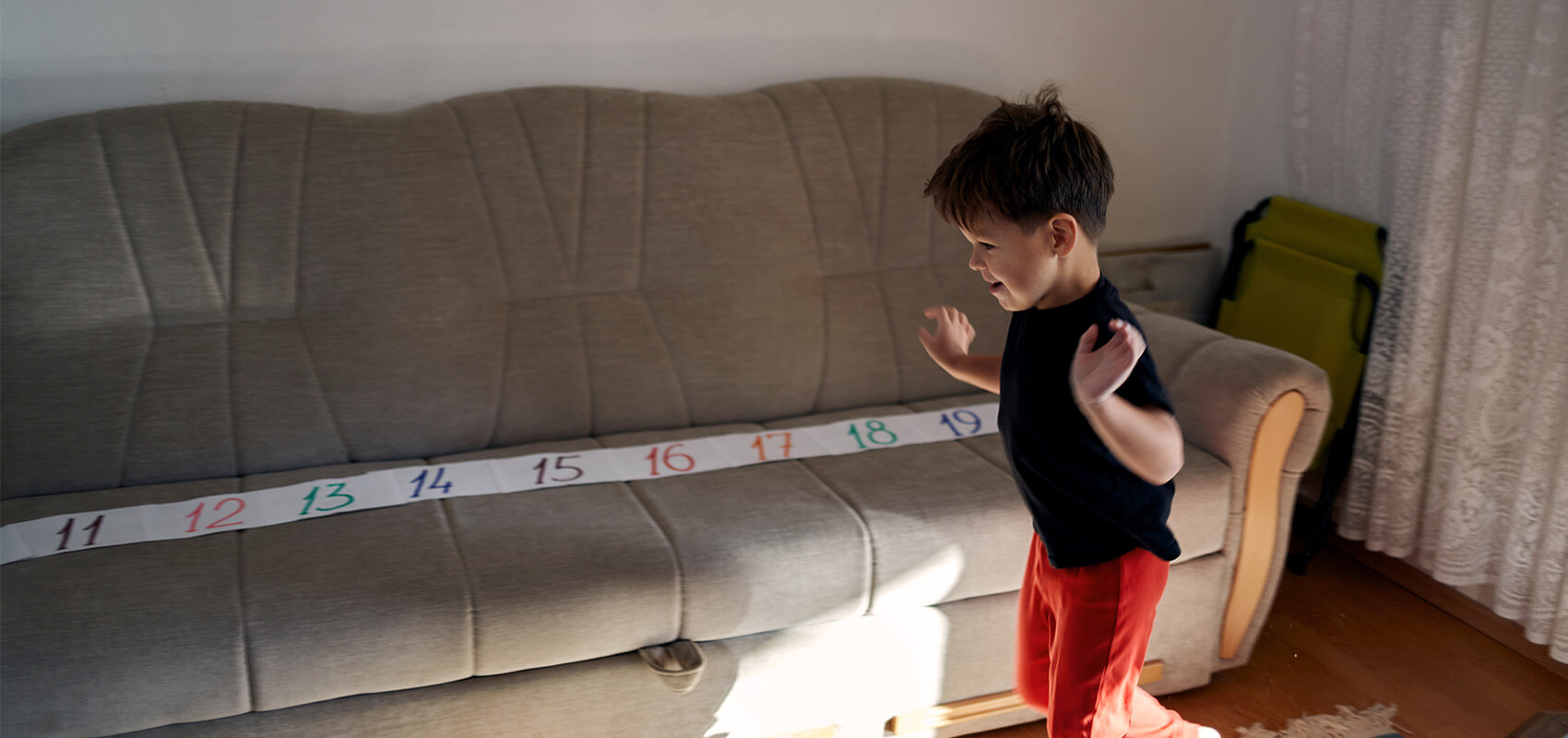When young children explore the world, they use their bodies to express excitement, curiosity, and even frustration. One movement that often catches the attention of parents is hand flapping. If you’ve noticed your child repeatedly flapping their hands, you may wonder what it means.
Hand flapping can be a common behavior in early childhood, but it can also be associated with autism spectrum disorder (ASD) and other developmental disorders. Understanding the reasons behind hand flapping and when to seek support can help parents feel more confident as their child develops.
Why Do Children with Autism Flap Their Hands?
Hand flapping is a type of self-stimulatory behavior, often called “stimming.” In children with ASD, stimming behaviors like hand flapping might serve several functions:
1. Emotional Regulation
Children with autism may flap their hands to manage big emotions, whether it’s excitement, frustration, or anxiety. Repetitive motion can provide a sense of comfort and control in overwhelming situations.
2. Sensory Processing Differences
Autism often comes with differences in how the brain processes sensory input. Some children may flap their hands to either seek or block out certain sensory experiences. For example, if a room is too bright or noisy, hand flapping might help a child cope with the overload.
3. Communication and Expression
Before children develop verbal language, they rely on body movements and facial expressions to communicate. Hand flapping can sometimes be a way for a child with autism to express excitement, needs, or distress when they struggle with spoken words.
Is Hand Flapping Always a Sign of Autism?
Not necessarily. Many young children flap their hands occasionally, especially when they are excited or learning new skills. However, persistent and frequent hand flapping, combined with other signs of autism may be a reason to pay attention and seek further evaluation.
Other early indicators of autism in toddlers may include: 
- Limited Eye Contact: Avoiding or making minimal eye contact during interactions.
- Delayed Speech or Communication Challenges: Not using gestures like pointing or having limited spoken words.
- Repetitive Behaviors: Such as head banging, rocking, or spinning.
- Lack of Social Engagement: Preferring to play alone rather than with peers.
- Sensitivity to Sensory Input: Overreacting or underreacting to sounds, lights, or textures.
Should Parents Try to Stop Hand Flapping?
Hand flapping is not inherently harmful. Instead of attempting to stop the behavior, parents can:
- Observe Patterns: Take note of when and why your child flaps their hands. Are they excited? Overwhelmed? Tired?
- Provide Alternatives: If hand flapping interferes with daily activities, offer options like squeezing a fidget toy.
- Seek Professional Guidance: If hand flapping is accompanied by other signs of autism or significantly impacts daily life, professionals—such as autism specialists —can offer strategies tailored to your child’s needs.
How Early Intervention Can Help
Early intervention is key to supporting children with autism and related developmental disorders. Research shows that therapies introduced during very early childhood can help improve communication, social skills, and self-regulation. By addressing concerns early, children can build skills that help them thrive in different environments. Experts also consider environmental factors that may influence a child’s behavior, helping families understand the full picture.
Caravel Autism Health: Your Partner in Early Support
If you’ve noticed hand flapping or other signs of autism in your child, early support can make a difference. At Caravel Autism Health, we specialize in diagnosing and supporting young children with autism spectrum disorder (ASD). Our team of experts works closely with families to develop personalized strategies that help children build essential skills while embracing their unique strengths. You can get started with Caravel by clicking here.


